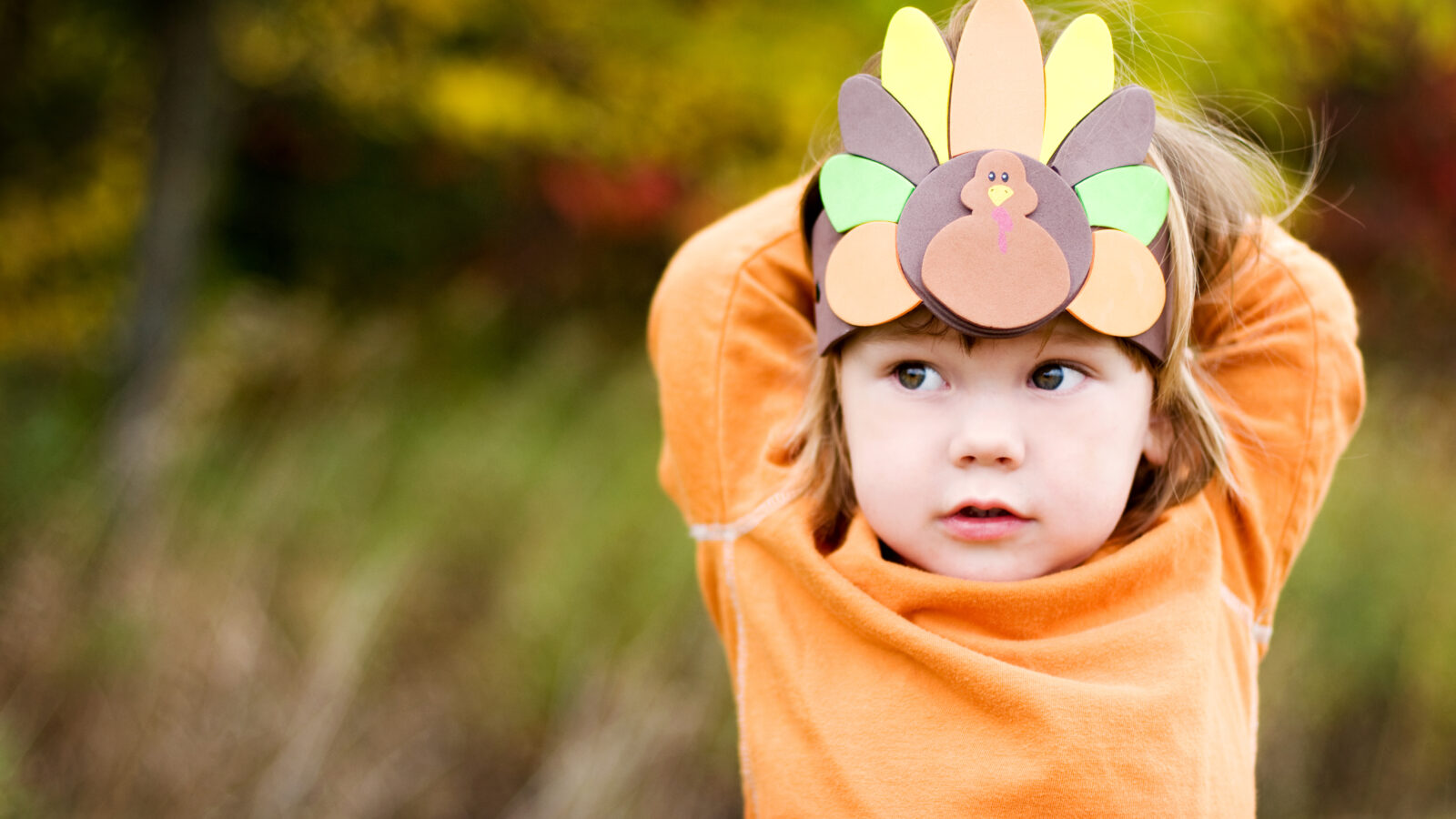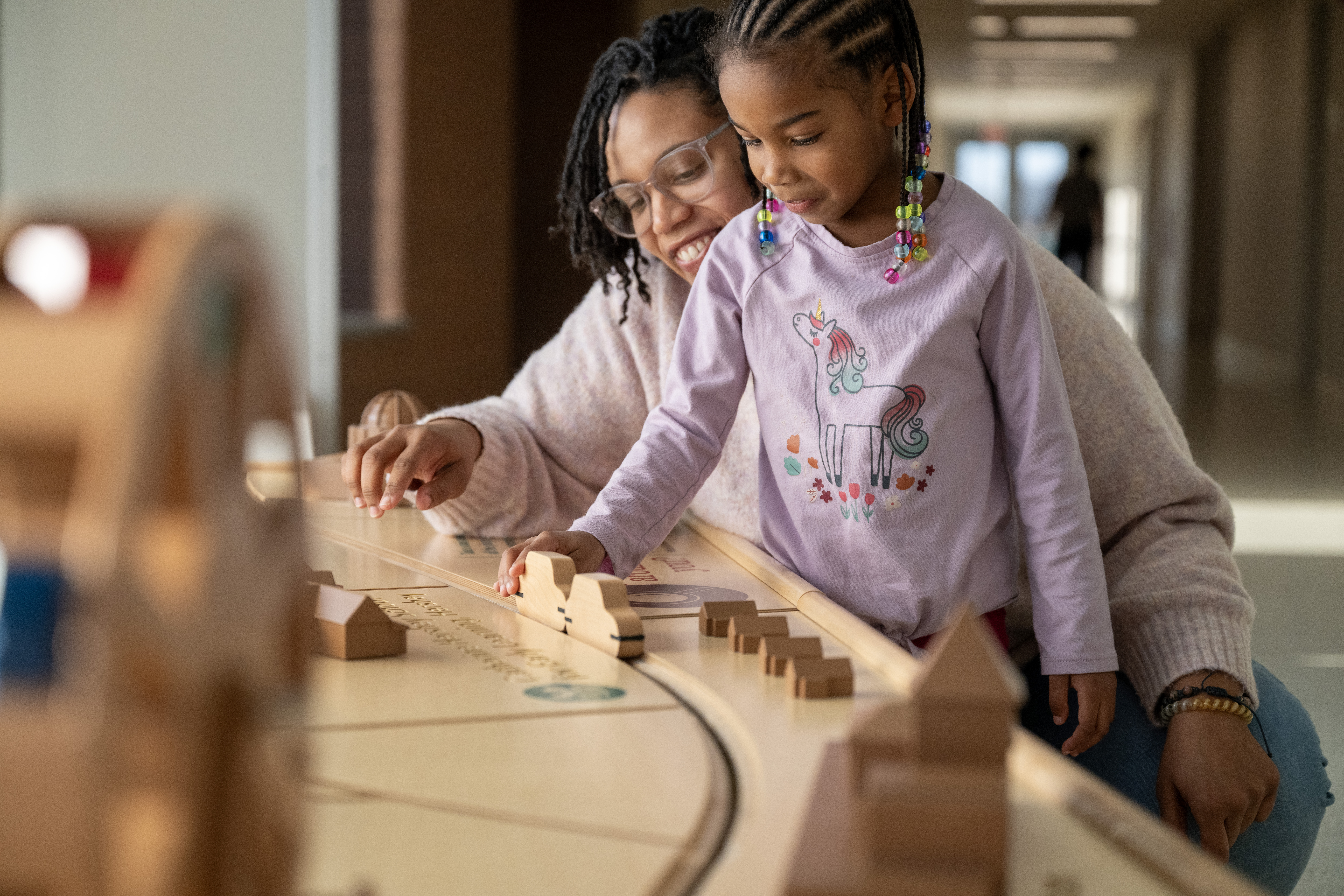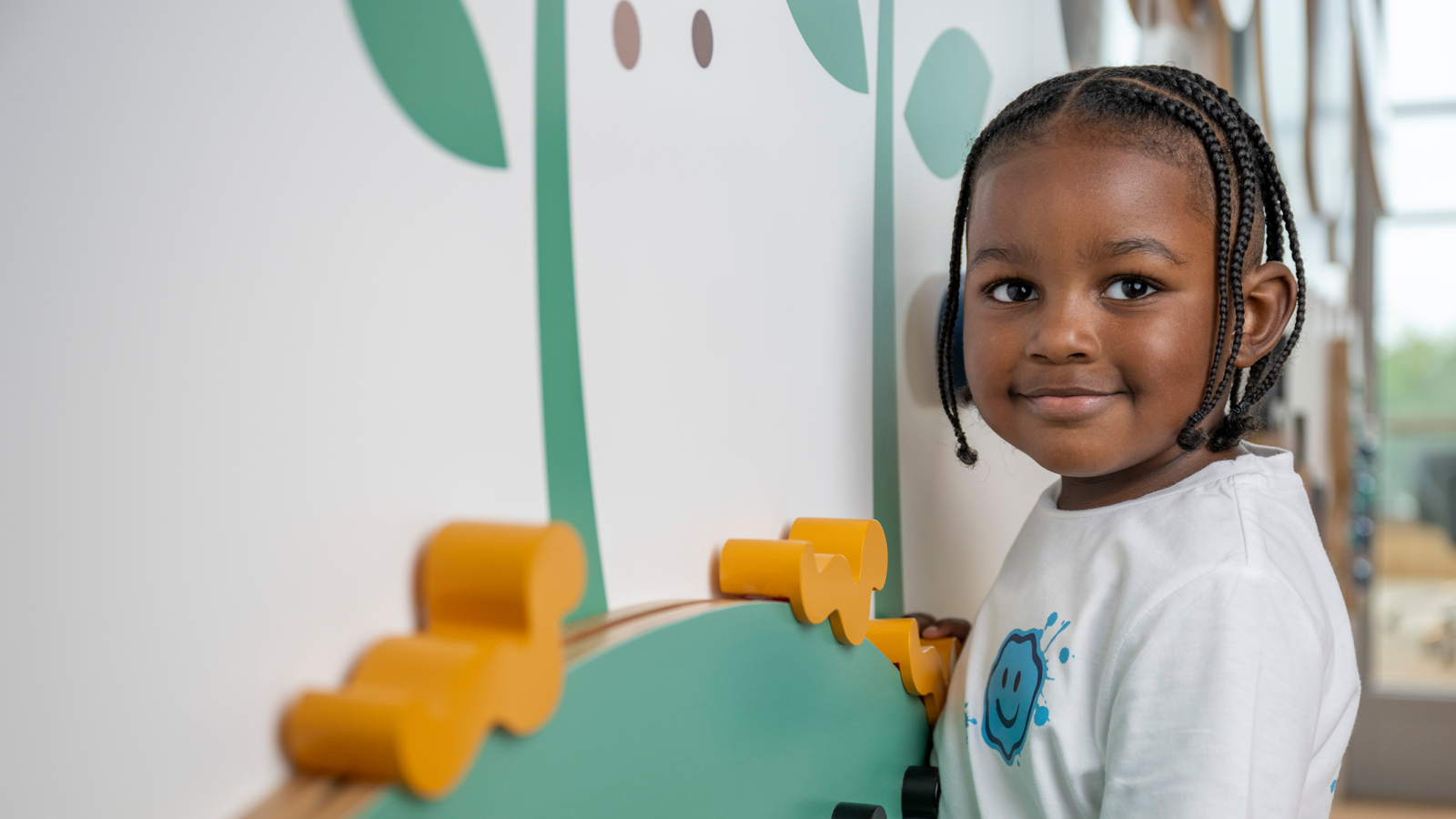Cultivating an Attitude of Gratitude Within Your Family

Thanksgiving is a time to focus on thankfulness, reflect on the year behind us, and express gratitude for the good we can find in our day-to-day lives–even small things we often overlook. Cultivating an attitude of gratitude is a lesson for the whole family to practice beyond the Thanksgiving holiday and a way to shape your child’s world view.
Children, especially in the early years, naturally only focus on themselves. As they develop, they become self-aware and learn how they interact with the world around them. By starting early, families can help their children understand the needs and feelings of other people.
Gratitude is often first introduced by teaching our children to say “thank you” or encouraging them to express their thanks through art. Cultivating an attitude of gratitude goes beyond that, by encouraging our children to have an optimistic perspective and focus on creating a positive impact on other people. Of course, this doesn’t mean everything will be perfect, but it will help children learn how to build resilience and shift focus from the challenges of life to find the bright side of tough situations.
By starting one step at a time with simple, yet intentional year-round activities–we can make gratitude a part of our everyday routines.
Simple ways to teach your children gratitude
- Lead by example. As we know, children often copy other people’s behaviors, so it’s important for you to express your gratitude in your everyday actions. Your child will notice when you say “thank you” to the cashier at the grocery store or express your appreciation for your child putting their toys away. You are your child’s first teacher! Thankfulness develops in children as emotions such as shame, guilt, embarrassment, and empathy start to show. Children can then relate this emotional response to their own actions. As a caregiver, modeling appreciation and reflecting those feelings back to your child is key to teaching thankfulness, even to young toddlers.
- Let your child choose how they want to show gratitude. Showing gratitude can be done in many ways, not just through a simple “thank you.” Involving your child in thinking of other ways to show gratitude–such as giving a smile or thumbs up–can be more comfortable for some children. Other ways to do this include asking your child to say three things they are grateful for as you tuck them in for bedtime, or encouraging them to think of people they are thankful for such as a teacher, fireman, or classmate.
- Create a gratitude jar to encourage family members to write down or draw pictures of things they are thankful for throughout the week and place them inside. At the end of the week, pull each one out and discuss together around the dinner table or at bedtime. This will naturally build mindfulness, and children will start to show appreciation more independently without being prompted in other areas of their life.
- Consider volunteering and giving back to the community. Simple activities with a short time commitment such as community cleanup can go a long way. Through developing empathy, children will grow to understand and acknowledge the impact their actions have on others and learn to be more appreciative and grateful.
Benefits of teaching gratitude
Researchers found that children’s level of gratitude has a direct link to better relationships with other people and decreased levels of stress and depression in the long term. Mental health therapists believe that practicing gratitude and the power of positive thinking can increase positive emotions and experiences leading children to be more hopeful in navigating challenging emotions. If a child is focused on negative emotions because they couldn’t play outside, we can encourage them to identify the fun things they can do inside and be thankful for those things they can do. When the next opportunity to play outside arises, we can ensure they connect the positive emotions of happiness and excitement to expressing gratitude for the moment.
These moments of gratitude in early childhood will bear fruit in adolescence and into adulthood through fostering traits such as forgiveness, patience, and self-control. Additional research found that adults who developed an attitude of gratitude in their childhood feel happier and hopeful for the future and find more things in life to be grateful for in adulthood.
Check out these recommended books you can read with your child to nurture gratitude in children from birth to five years old.
The first five years of your child’s life are essential to their development, so this Thanksgiving is the perfect time to start fostering an attitude of gratitude to help them learn how to best navigate social relationships, the value of family and community, and improve their overall health and well-being into adulthood.




